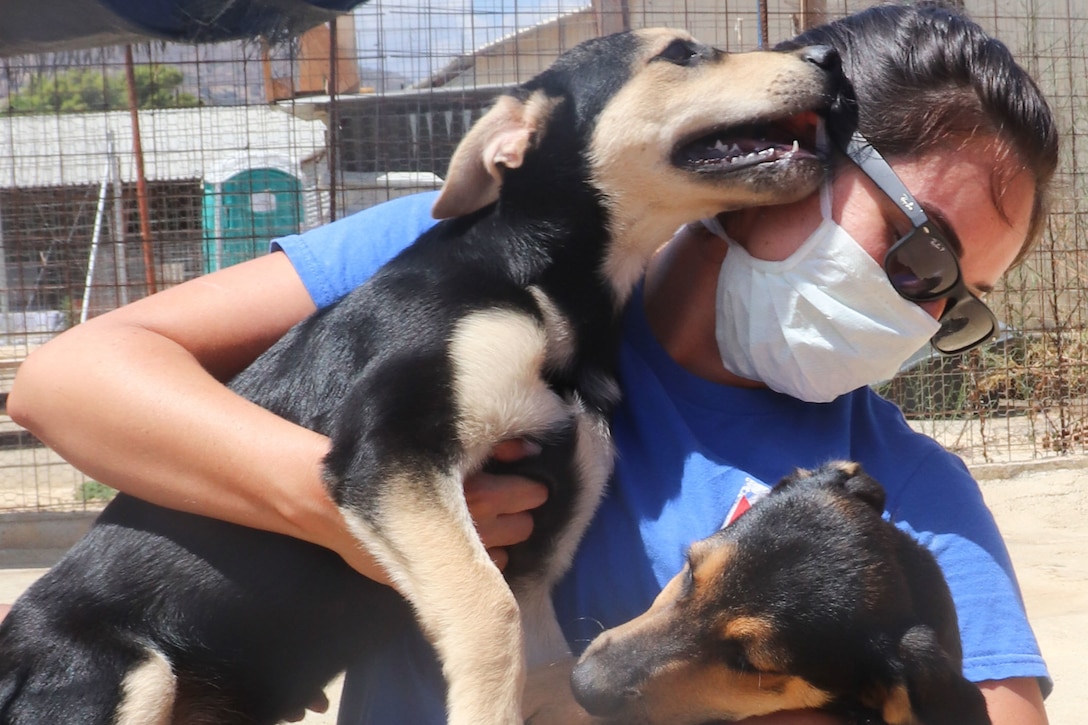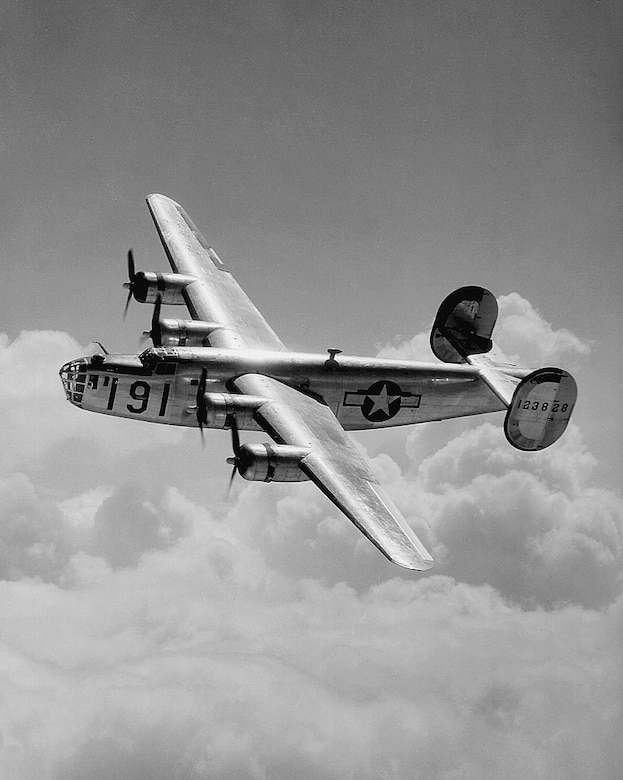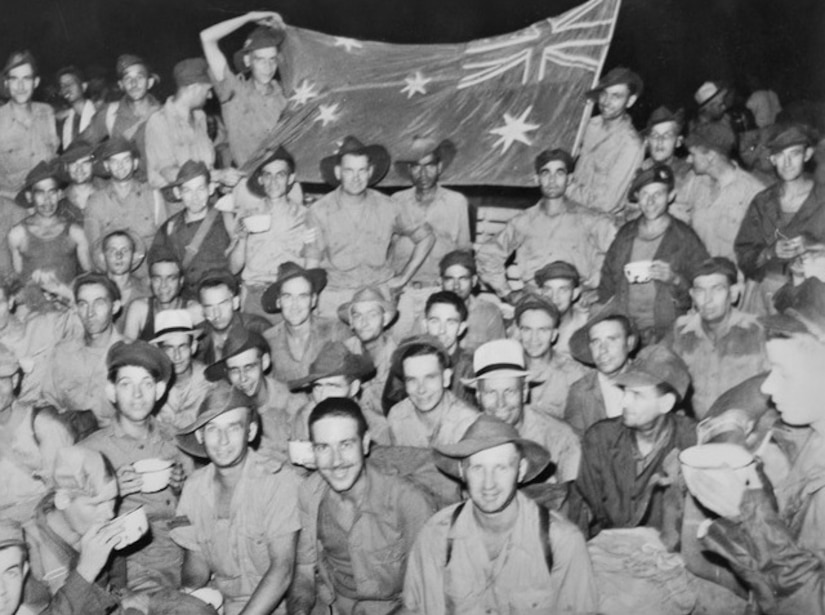A
ug. 11, 2020
|
BY Army Staff Sgt. Christopher Jackson
The Defense Department's top priorities have not
changed since the onset of the coronavirus pandemic: protection of the
force and families, safeguarding of mission capabilities or readiness,
and closely working with partners and allies to fight COVID-19 head-on.
The 83rd Combat Sustainment Support Battalion, 7th Mission Support
Command, in conjunction with other United States Army Europe units and
the USO, has partnered to safely introduce Soldiers to the European
theater. The mission, known as Task Force Willkommen, began in early
March led by the 39th Movement Control Battalion.
"The 83rd took over the mission June 15," said Maj. Jayson Cummins,
the task force support operations officer. "Task Force Willkommen is a
group [set up] to facilitate the in-processing of personnel coming in
from CONUS."
Units involved in the collaboration include United States Army
Europe, 21st Theater Sustainment Command, 7th Mission Support Command
and the 83rd CSSB, to name a few.
"There's also the 1st HRSC, the 30th Medical Brigade, the 21st STB
and our partners at the 16th Sustainment Brigade," Cummins said. "It
takes a lot of coordination and deconfliction on quantities, amounts and
timelines."
Cummins said the process, from the moment a Soldier lands in Germany,
takes approximately 14 days until they are safely pushed to their next
assignment.
"We identify the Soldiers we are taking into possession, we get their
luggage, put them on buses and they are transported over here to Rhine
Ordnance Barracks," Cummins said while talking about the Deployment
Processing Center located within ROB. "The first night at ROB, they are
assigned a PHA or a housing area, and they are hard-quarantined for
three days."
One of the first orders of business during the process is a COVID
test. Results typically come back in 24 to 48 hours, according to
Cummins. When results come back negative, the balance of protecting the
force and quality of life kick in, but the restriction on movement
remains in effect for the entire duration of the 14-day stay. The
Soldiers are not free to leave the DPC, other than to gather comfort
items, where they are marched to and from the nearby coffee shop and
shoppette.
"It is what you make it," said Pfc. Christopher Williams, DPC
resident and Mobile, Alabama native. "The cadre, they listen to you.
Things they can do in their power; they will make sure they do it."
The DPC, completely enclosed by fencing, is designed to temporarily
house transient service members passing through U.S. Army Garrison
Rheinland-Pfalz. It was recently retrofitted for quarantine and
in-processing. There are multiple buildings called personnel holding
areas, but during unprecedented times there are bound to be issues.
"One of the biggest challenges we faced so far was our first positive
case," Cummins said. "The plan that was in place on identifying that
Soldier, separating them from their group, doing another test and then
transporting that individual to an isolation barracks for another 14
days for observation, but we figured it out."
The goal of TF Willkommen is to provide a safe and isolated
environment for Soldiers in between the United States and their final
destination.
"The exit strategy for the Soldiers usually occurs about day 12,"
Cummins said. "They are given another COVID test, and once we identify
they have been given a clean bill of health on day 14, they are all
separated, put back on buses and sent to their garrisons throughout
Germany or Italy."
Task Force Willkommen will remain in effect, indefinitely, providing
service in support of United States Army Europe, host nation countries
and even the individual.
"I am looking forward to going to my unit," Williams said. "It's going to be a fun experience."
(Army Staff Sgt. Christopher Jackson is assigned to the 221st Public Affairs Detachment)



























